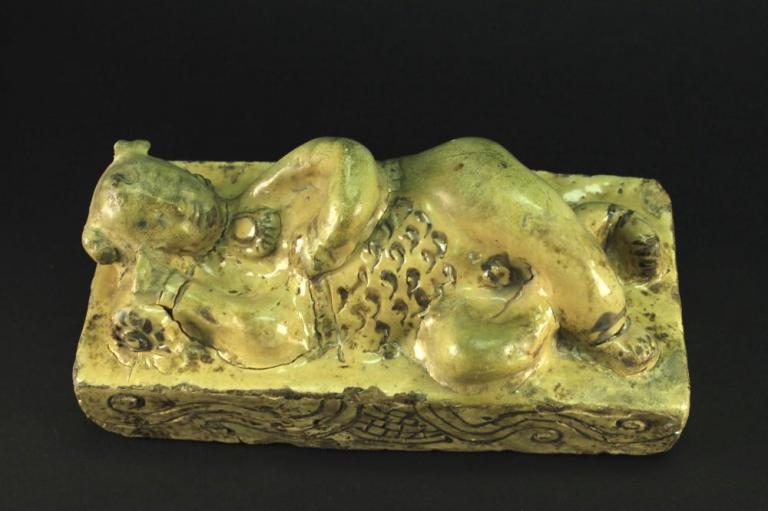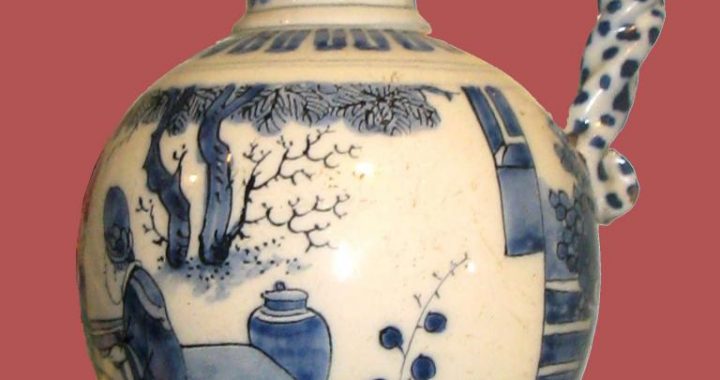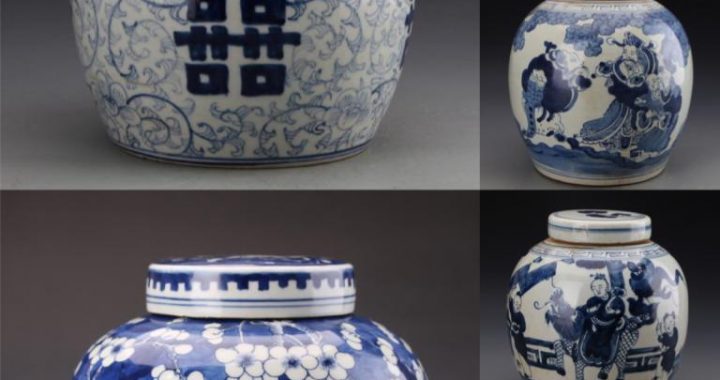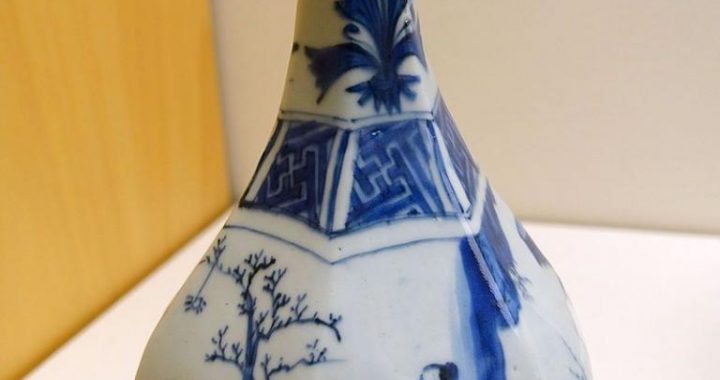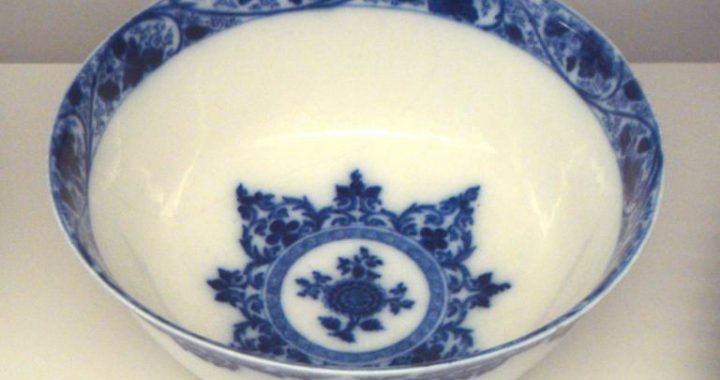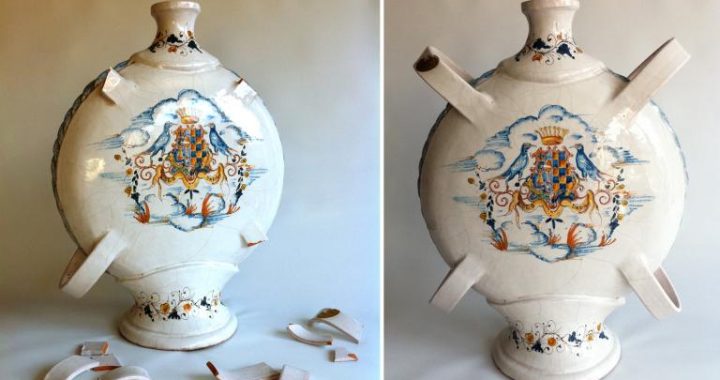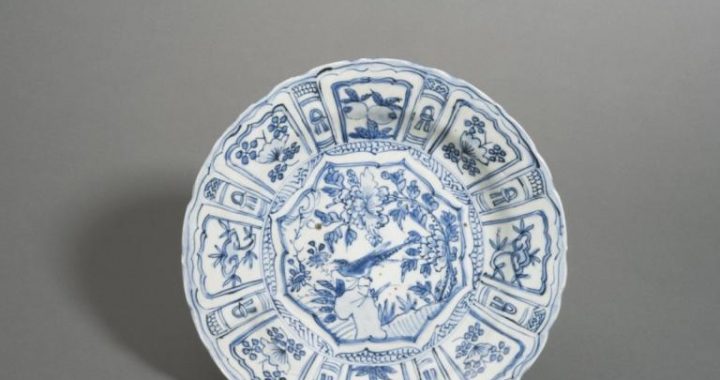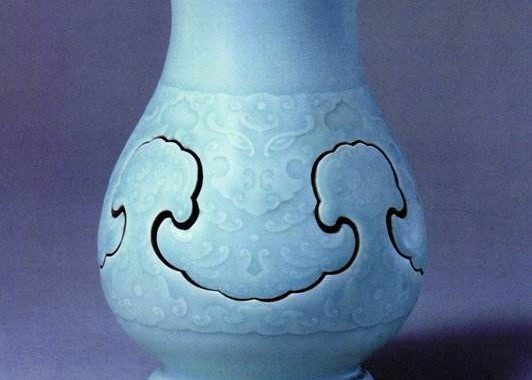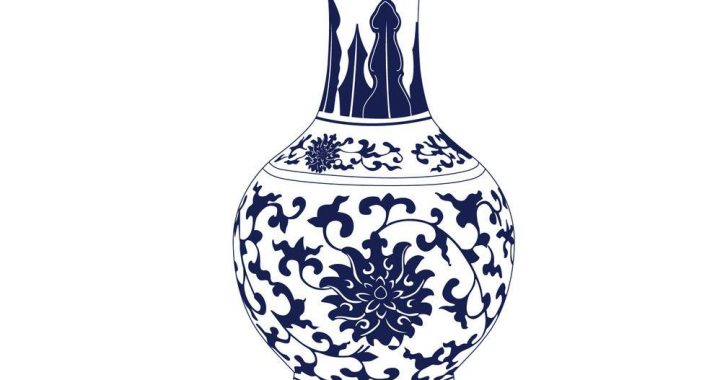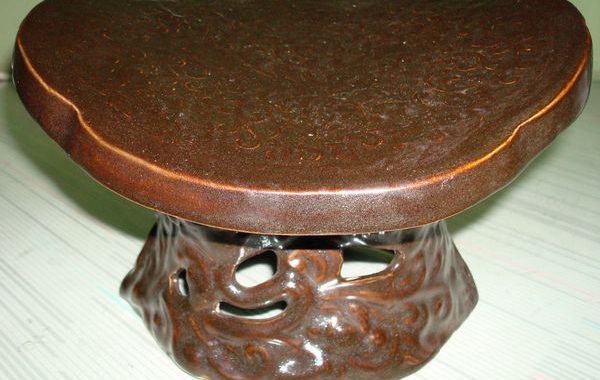Porcelain of the Liao and Jin Dynasties
2 min readThe Liao and Jin dynasties were two regimes founded by ethnic minorities in northern China.Before they controlled Central Plains,they led a nomadic life,so heavy and fragile porcelain were inconvenient for them.
Nonetheless,after settling down in Central Plains,they began to follow the Song people in making and using porcelain wares.The porcelain they used comprised products fired by.Song people,as well as products they learnt to fire by themselves,the latter embodied distinctive features of their nationality.
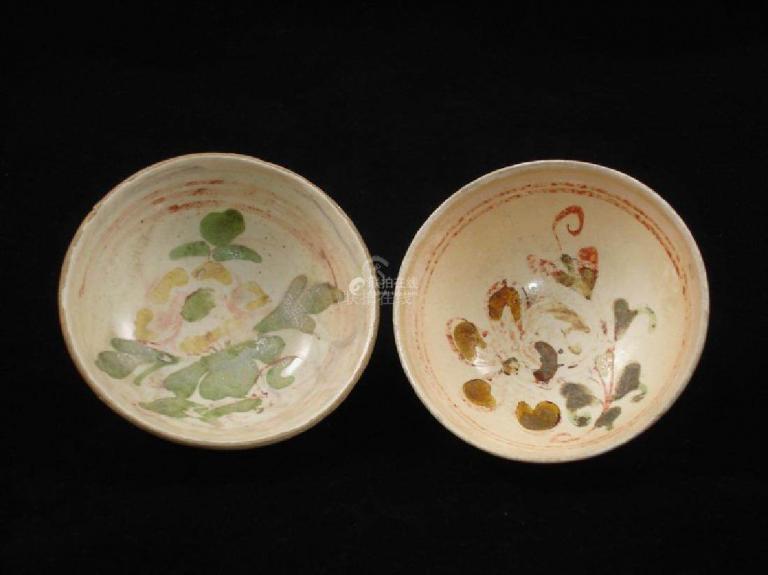
The Liao dynasty was founded by Khitan people,who lived on horsebacks and were good at hunting and warfare.
They had a very unstable relationship with the Song dynasty,sometimes in peace and sometimes at war,They invaded the Northern Song for many times,which posed a real threat to the Song court.However,due to these encounters the cultural exchanges between the two regimes took place. Originally, the Khitan people only used simple daily utensils such as unrefined potteries and leather-bag-pots. It was not until they learnt to make porcelain from Song people that their living appliances got much improved. Most of the porcelain produced by Liao people were white, as they were mainly influenced by thewhite porcelain industry in northern China. Some quality products could even compete with products of noted kilns of Song. In addition to follow the traditional Song porcelain types, the Liao people also made many innovations. For instance, they emulated the shape of their traditional leather-bag-pot which they were deeply attached to and created a new porcelain known as the “cockscomb pot”.
Besides it, the drumstick-shaped vase was also very popular during the Liao era.
The Jin dynasty was founded by the Jurchens. Similar to the Liao dynasty, it also had countless cultural ties with the Southern Song dynasty. The porcelain firing of the Jin dynasty was deeply influenced by Song people. However, rather than the shape variations of Liao wares, the distinct feature of Jin porcelain lies in the vibrant contrasting glazes of red and green. The mixture of dazzling green and jubilant red could form a distinctive contrast to the tranquil and refined taste of the Song era, and is considered as agreat inspiration for the colourful polychrome porcelain appeared later.
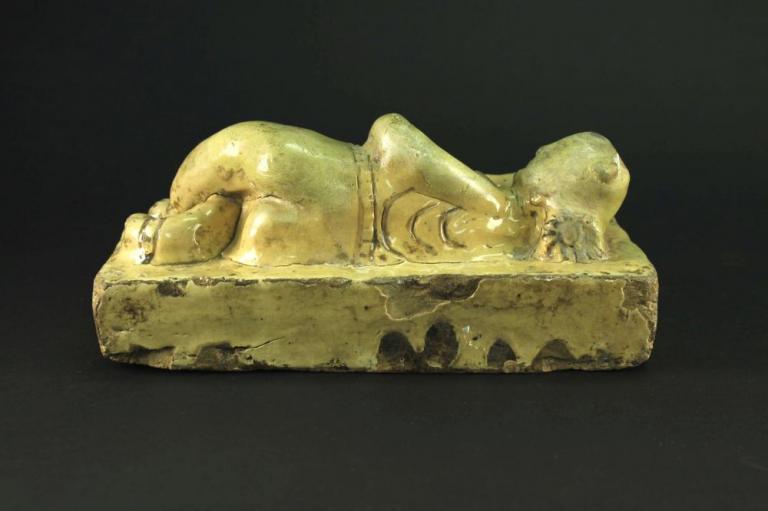
During the Song, Liao and Jin era, the Song porcelains were dominant for sure, which influenced, to an extent, the development of Liao and Jin porcelains firing.
Kilns represented by the eight main kiln types spread across the country, making the Song era a heyday in the history of Chinese porcelain. Most kilns kept their porcelain firing until the Yuan dynasty. After Song the development of Chinese porcelain ushered into a new era. The Song patternof eight main kiln types was replaced by the dominance of Jingdezhen porcelain, while the mainstream fashion also gradually shifted from the plain and graceful celadon of the Song era to a style of luxuriant polychrome porcelain.
